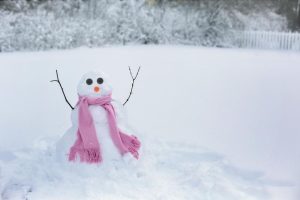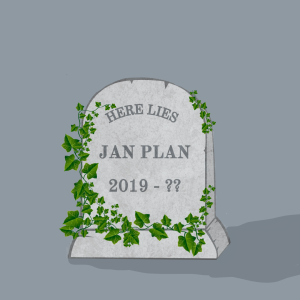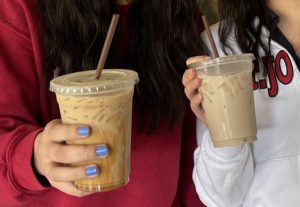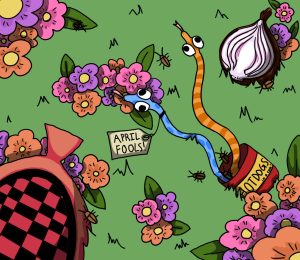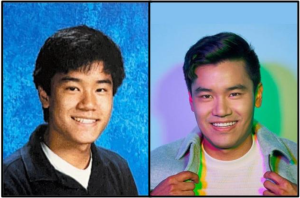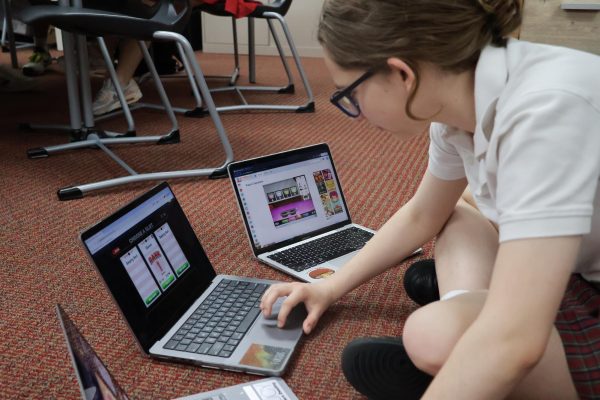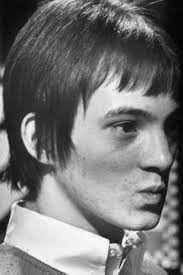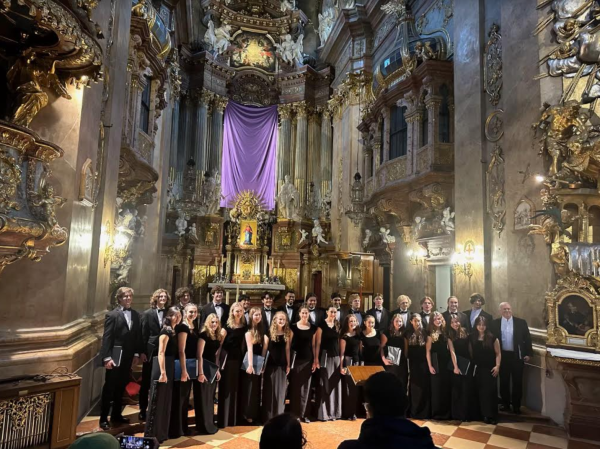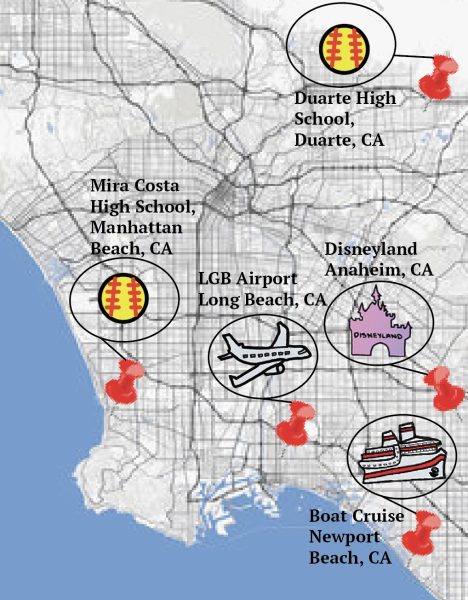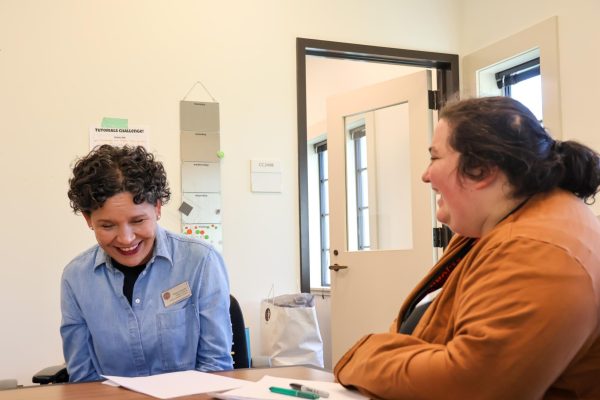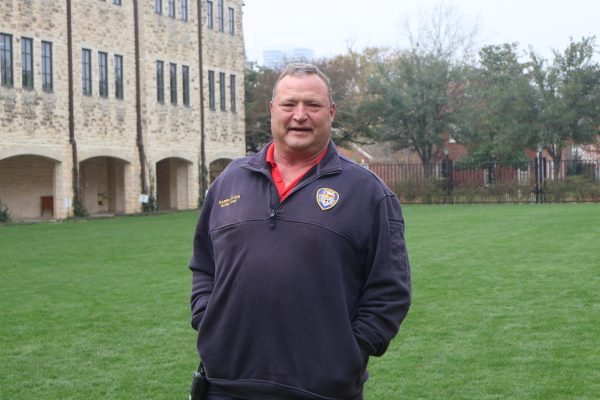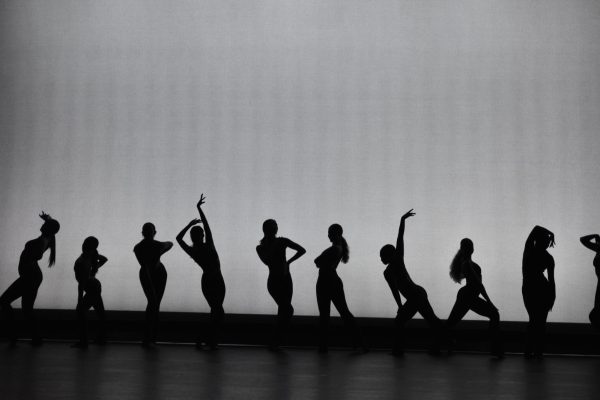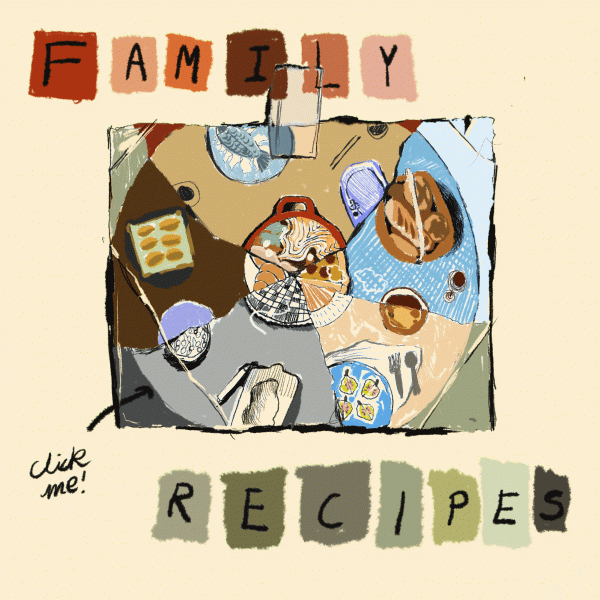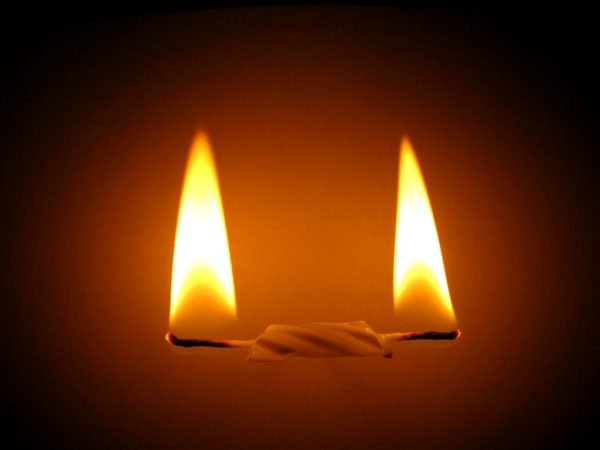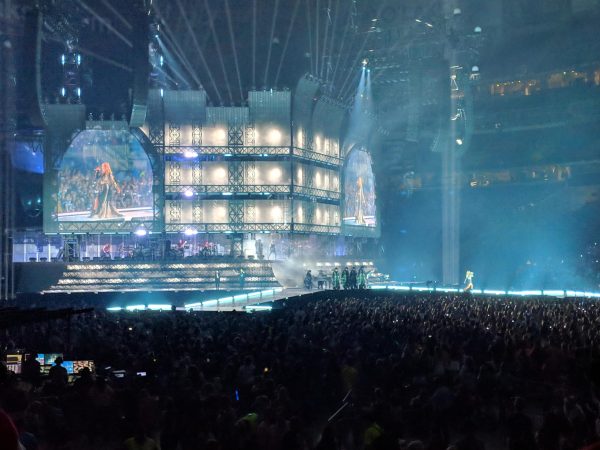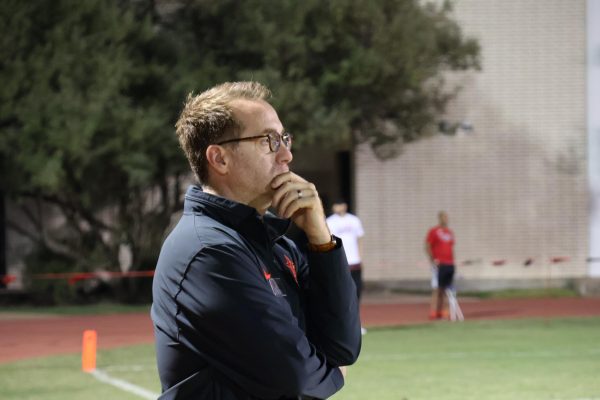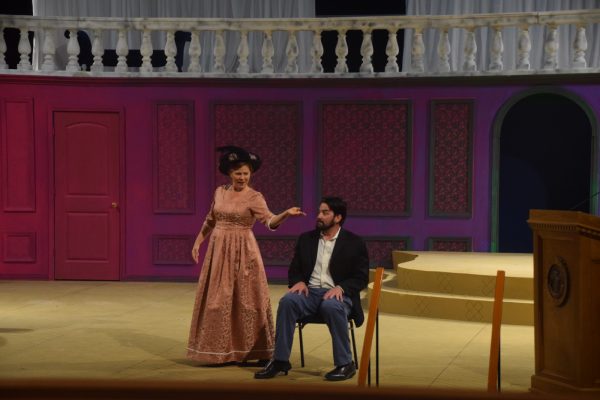String Theory Club weaves together crafts, science
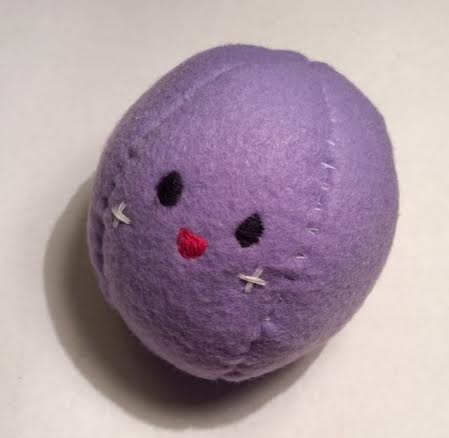
String Theory members have already made numerous science-themed crafts, including this stuffed E. coli bacteria.
March 24, 2014
Intestine-dwelling E. coli bacteria become palm-sized, smiling balls of fleece in String Theory Club.
The String Theory Club, founded by freshmen Marisa Murillo, Sunnie Liu and Aileen Zhang, makes knit or sewn models of scientific and mathematical concepts.
“I am hopeful that String Theory will allow students who love math and science to explore their creative sides,” Murillo said. “String Theory also strives to make concepts easier to grasp by embodying them in not just tangible, but also huggable pieces of art. “
The freshmen wanted to start String Theory Club since the beginning of the school year, though they initially did not believe they would be able to found it.
“At the Imagination Lock-in we were browsing websites on the internet for artistic inspiration,” said Liu. “We jokingly said that we should start a science crafting club, and our idea eventually became more and more of a reality.”
Biology teacher Doug Elliott agreed to sponsor String Theory Club. The freshmen then filled out a form and submitted it to Dean of Students Stephen Popp.
“This part was the most stressful, as we knew he could easily reject our proposal,” Zhang said. “Thankfully, he let us give String Theory a try.”
The first club meeting, Jan. 24, included many more newcomers than expected, with students from all grades showing interest.

“I would love to see a growth in membership, although I was thrilled by our great turnout on the day of the first meeting,” Liu said. “It would also be great if our members were able to branch out more into the fields of science and math which most interest them.”
To prepare for club meetings, Murillo, Liu and Zhang create easy-to-understand needlecraft tutorials.
“The main challenges are finding time between schoolwork and activities to organize and plan as well as selecting a meeting date without conflicts,” Murillo said. To prepare for club meetings, Murillo, Liu and Zhang create easy-to-understand needlecraft tutorials.
Since the club’s second meeting on Feb. 13, members have created items demonstrating different bacteria, quarks, protons and mathematical equations.
“I enjoyed making a rational integer scarf because it allowed me to incorporate inspiration from Mathematical Problem Solving Club, one of my favorite activities,” said Murillo.
The group hopes to develop arts and crafts projects from more complex, imaginative ideas; recruit more members; and plan meetings consistently.

